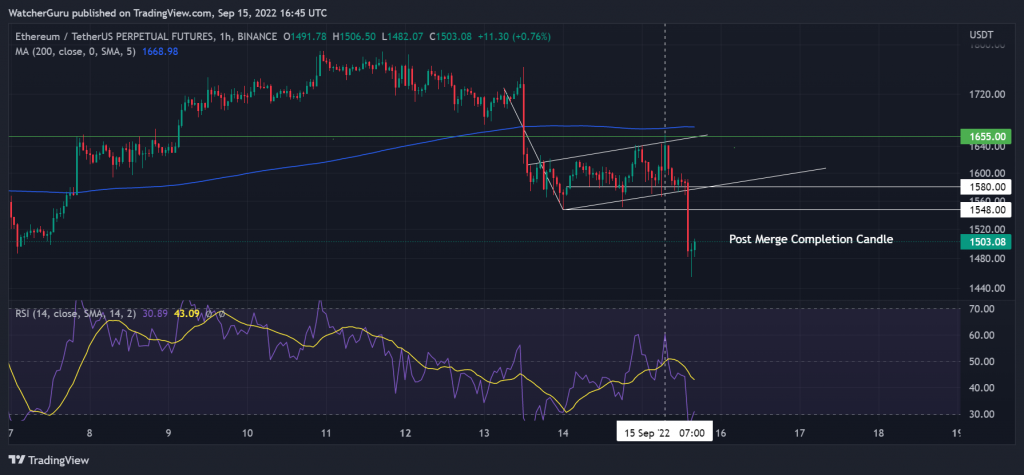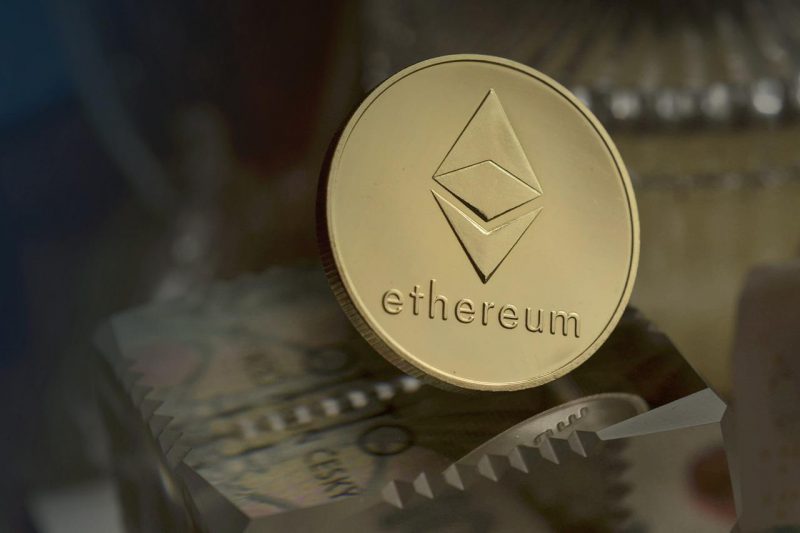Today, 15 September 2022, will be marked as one of the most important days in the books of crypto history. The much-awaited landmark event in the Ethereum ecosystem—the Merge—just took place a few hours back.
Price-wise, ETH hardly reacted prior to the mega-event. It was mostly trading around the brink of $1.6k during the Merge. Alongside, its market cap dominance had also slightly dropped when compared to Sunday’s levels [19.1% today versus 20.01% on 11 September].
During the early hours of the day, people were talking about buying the news on social platforms. However, the same did not essentially happen. Right before the Merge, ETH inflow into exchanges spiked, hinting that people were selling their tokens. And perhaps, the absence of buy-side momentum hindered the token from pulling off a pre-event rally.
Alongside, the funding rate in the derivatives market was not only in red but was treading at an all-time low level of -0.47. The same indicated that short-positioned traders were dominant in the market and were paying the longs.
Did the tables turn post the Merge?
To some extent, yes. The funding rate was back in the positive territory on major exchanges like Binance, FTX, and Deribit. Furthermore, the futures curve had also stepped from backwardation to contango, hinting toward the discount suction between the two markets.
Simply put, backwardation is a situation where the futures price of an asset is lesser than the spot price. Conversely, contango indicates that the futures price is high relative to the spot number. More often than not, the former is considered to be bearish, while the latter is usually a positive sign.
However, it is important to note that at press time, Ethereum faced another correction alongside Bitcoin.


As illustrated, Ethereum breached through a bearish flag and it is presently trading near $1500. So while the long-term scenario did turn bearish for ETH, the cascading effect at press time was largely bearish.





